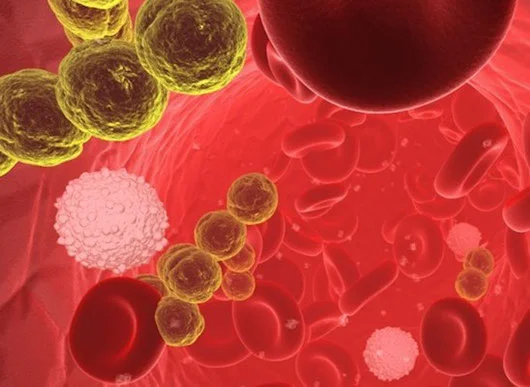

Despite the best antibiotics and intensive care, sepsis is the primary cause of death from infection. And sepsis cases are increasing, up by between 8% and 13% over the last decade, claiming more lives than bowel and breast cancer combined.


2 Million
Sepsis cases a year
in the US alone

30-50%
fatality rate

$38.2 BILLION
in treatment
costs a year
Source: HCUP Statistical Brief #261 (July 2020)
Dialog with over 100 practicing clinicians and lab directors has confirmed the potential value and impact of LiDia-SEQ™ in combating sepsis. As a result, our semiconductor sequencing platform will launch initially with a groundbreaking test for bloodstream infections (BSI) and antimicrobial resistance (AMR), which uses whole blood specimens to detect and identify infections that lead to sepsis.
By rapidly identifying what infection a patient has, as well as any associated AMR, our test will provide clinicians with actionable information to help them select the best antibiotics to treat the disease.

DNAe’s BSI/AMR test takes approximately 3-4 hours to complete and with regulatory clearance can deliver actionable results to the clinician at the point-of-need.

Urgent need: Mortality increases 7.6+% for every hour after onset of hypotension. Kumar et al. (2006) Critical Care Med.
Focused and fast
This one breakthrough test is enough to identify a broad range of possible bloodstream infectious organisms, as well as a selection of antimicrobial resistance genes.
Because microbial pathogens may be present at very low concentrations in the blood of infected patients (1 colony-forming unit per ml), the BSI/AMR test incorporates a sample preparation stage capable of extracting microbial DNA from a vacutainer of blood, which is subsequently amplified and identified.

By accurately diagnosing infections at an earlier stage, we can help to save the lives of patients.

